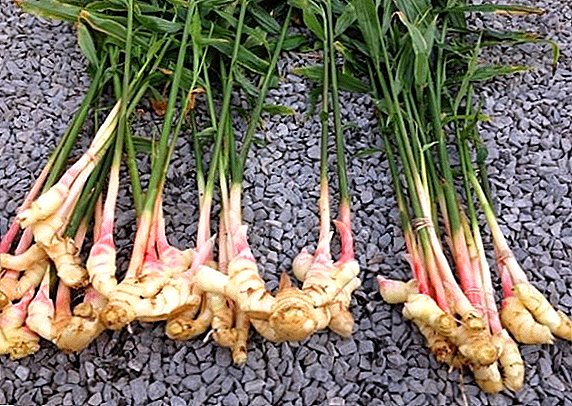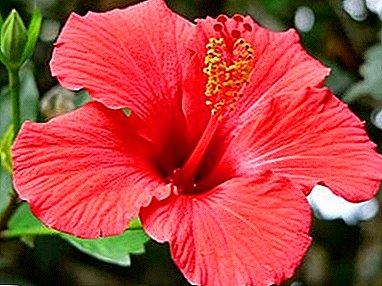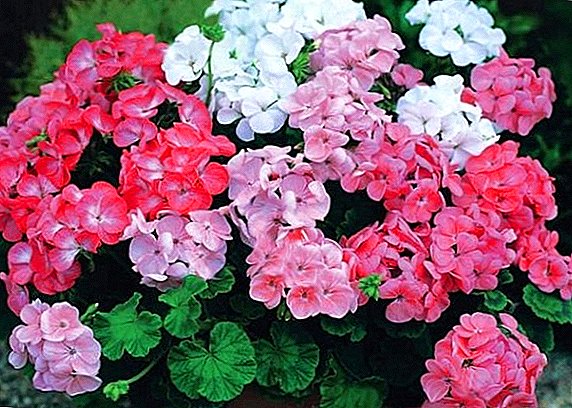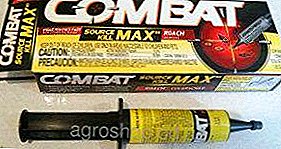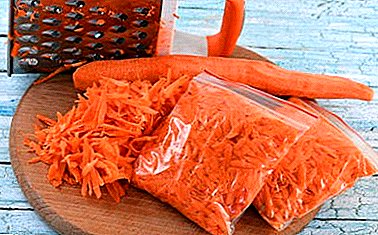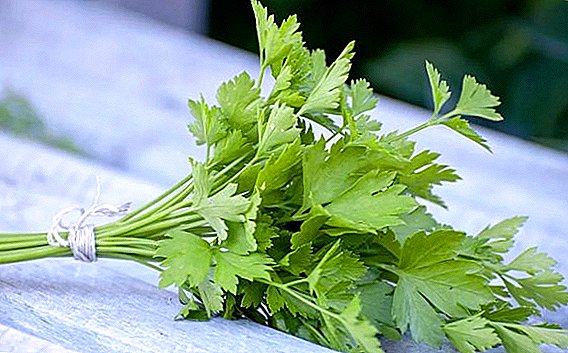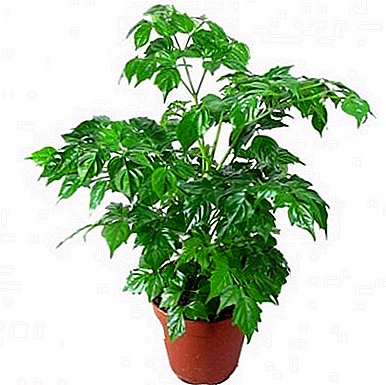
Amazing plant Radermahera has all sorts of variegated varieties.
In room conditions up to 1.5 meters.
Flower loves good lighting and additional feeding.
Propagated by saplings and air outlets.
General description of the flower
The birthplace of the magnificent Radermacher plant is Asia. Now the flower is spread all over the world. It can often be found in Europe, the USA and Australia. Latin name: Radermachera sinica. In total, 16 different species of this plant can be found in nature. Basically, Radermacher is evergreen bushes and trees.
The plant has branchy branches. In the wild, trees reach 5–15 m. But in room conditions, even with good care, the flower will not grow by more than 1.5 m. It has delicate emerald green leaves. There are all sorts of variegated variations. Some species are endowed with trihedral feathery leaves, others - oval-elongated.
But all leaves have a pointed jagged edge. Their shape is slightly wavy. In length, the leaves do not exceed more than 4 cm. The branches of the plants are large, are on a long petiole. In length reach more than 25-35 cm. White inflorescences, bell-shaped.
Endowed with a tubular corolla and racemose. At home, even with good care, the plant blooms very rarely. This representative of the flora has a tendency to complete baldness of the leafless lower part of the trunk.
NOTE on no less amazing and unusual flowers along with Radermahera, such as: the unique plant of Guayava, amazingly beautiful Strobilantes, luxurious Caladium, unusual Kufei.
A photo
You can appreciate the appearance of the Radermacher flowers in the photo below:




Home care
Let us consider in more detail how to care for the flower of the radermacher.
Watering
In summer and spring, the flower is watered abundantly. The frequency of irrigation depends on the drying of the upper part of the ground. In the autumn, watering should be reduced, since the external temperature will not dry the soil. Overmoistening may occur.
In a cool season, the earth should dry out in the upper half of the tank. But it is impossible to allow complete drying of the soil. For all irrigations use water at room temperature. It should be soft without any chemical impurities.
Planting and transplanting
Repot flower every year.. The procedure is carried out in the spring. For transplanting, purchased soil for domestic plants will be needed. Also, the soil can be prepared by yourself. This will require turfy and hardwood soil, a small amount of humus and fine-grained river sand.
Experienced growers recommend in the prepared mixture add shredded pine bark. It should be noted that this representative of the flora does not tolerate loamy and heavy substrates. The substrate must be fortified and light. It is recommended to loosen the ground well before planting.
At the bottom of the tank must fit pebble or expanded clay drainage system. It will help the roots do not rot. The root system of this plant is fibrous and not very powerful. Therefore, to choose large capacities is meaningless. This representative of the flora does not like too spacious containers.
Growing from seed
 Seeds this plant not very large. From above they are covered with a small lionfish.
Seeds this plant not very large. From above they are covered with a small lionfish.
It is necessary to sow them into the fortified soil of peat and fine-grained river sand.
For this, purchased peat tanks or small pots.
The soil should always be hydrated. When the soil dries out, the plant may die. A glass jar or a cut plastic bottle is placed on top of the cup.
Mini-teplichka help keep a stable temperature of 23-25 ° C. Two or three times a week the plant is airing..
Such a ventilation procedure will help prevent the proliferation of moldy fungi. After the first sprouts appear, they are transplanted into prepared containers with fortified soil.
Breeding
Propagated by Radermacher cuttings, air outlets and seeds. Reproduction is best done in the summer or spring. When breeding cuttings should take into account the fact that rooting occurs with great difficulty. Therefore, phytohormones are necessary for seedlings. Root the plant can be in moist vermiculite, water, or in the soil itself.
Important to be awarethat the leaves of this plant are complex. Tiny leaves are not the main leaves. They are only small parts of the main sheet.Therefore, for full rooting, it is necessary to cut off the entire main sheet. Such planting material should have several internodes and part of a trunk.
Only in this case there is a small chance to reproduce Radermakher by grafting. On the main page, most of the miniature leaves are removed. This will reduce evaporating water. A glass or container with a seedling is placed in plastic bag. Mini-hothouse is placed in a bright, windless room.
It is important that the air temperature is not too hot and does not exceed 25 ° C. Twice a week the plant must be aired. It will not suffocate in the open air. A sign of the full rooting of the seedling is the emergence of new shoots.
 Radermahera multiplies air layings. For this procedure, apply old elongated plants.
Radermahera multiplies air layings. For this procedure, apply old elongated plants.
At the bottom of their shtamb should be bare. A small strip of bark is cut out along the entire circumference of the trunk.
Its width should not exceed 0.5-0.8 cm. The cut site is wrapped with natural forest moss.
Top slice cover with a plastic bag. It is important to ensure that the moss is always wet and not dry. After a short period of time through the package, it will be seen how the roots begin to grow.
After regrowth of the roots in a large number of layers, it is necessary to cut. It is placed in a growth stimulation solution and planted in a prepared container.
Temperature
This plant loves a stable temperature. In the summer, this representative of the flora grows well at a temperature of 23-25 ° C. In winter, a cool content of up to 13 ° C is recommended. The optimum winter temperature is 16-18 ° C.
Lighting
Plant loves bright rooms. Prefers bright diffused light. It grows well on the windowsills of the north-west and south-east side. Does not tolerate prolonged direct exposure to sunlight. In the wild, the flower grows in open glades.
But at home, the plant is cultivated, and it is necessary to gradually accustom the flower to the sun's rays.
IMPORTANT! In the summer, the pet is no longer suffering from the sun's rays, but from the exhausting heat. You can not keep Radermahera in stuffy rooms.
Flower use
Beautiful leaves have excellent variations, so the plant can be a great addition to the interior space. With good care, this representative of the flora may bloom. His flowers emit pleasant delicate aromawhich soothes the human nervous system.
Diseases
 Major plant diseases associated with overwintering. During this period, you should put the flower in cool and windless rooms.
Major plant diseases associated with overwintering. During this period, you should put the flower in cool and windless rooms.
The plant must be protected from hot dry air and heating devices. With lack of natural light, the representative of the flora large elongated stems will continue to reach up.
But at the same time, the covered leaves will become too tiny, and the petioles are too elongated. In this case, the bush begins to look sprawling and loose. His aesthetic decorativeness is lost.
When do the leaves turn yellow and fall off?
When the ground is too poor, without dressings and nutrition, the plant begin to turn yellow and shallow leaves. With such symptoms, Radermacher is transplanted to another substrate and begins to feed abundantly.
Another cultivation problem is excessive watering or improperly created soil. With heavy loamy soil, which dries long after watering and does not allow air well, the root system of the flower begins to rot.
In this case, the leaves of the plant begin to grow brown, turn pale, and then fall off. In disrepair, the tops of the shoots begin to rot. In this case, it is necessary to reduce watering to once a week. After the plant is transplanted into purchased fortified land.
What if the leaves fall?
The plant leaves fall when spider mite infestation, aphids or mealybug. In this case, the flower is sprayed with insecticides.
What if there is a sticky patina? How to wash it?
If Radermacher has a sticky coating, the plant is washed under running water. The land is pre-closed with a plastic bag. After a warm shower, the leaves of the flower are rubbed with soapy water.
Radermahera responds well to top dressing. In winter, the plant is forbidden to keep near the heating devices. Flower loves rich fortified soil. Prefers frequent systematic watering and good feeding.
NOTE! Perhaps you will be interested in ornamental shrubs, such as: Skimmia, Leptospermum, Broom. They can also be a decoration for your home or garden.


